Sometimes spotting a new item is a bit trickier than you might think. There are some obvious signs that an item is new, but the lack of these signs doesn't automatically mean an item is used. We'll go over some of the different things we check to confirm whether an item is actually new or not.
1. The seals
The most obvious thing to look for are the seals on the box. Obviously if the seals are fully intact, the item is new; however, there are some times when items don't have seals, or they might seem or actually be defective. So what do we look for?
Is it unsealed?
First, we want to show you what an unsealed item looks like. Something we'll go over shortly is that seals can have some "defects" when applied during manufacturing that some might misinterpret as being unsealed. However, the difference in the seal once removed is quite drastic.
For this Nendoroid, notice that there is are some small air bubbles under the seal (they look like dark spots on the seal); however, the rest of the seal sits smooth against the box as it hasn't been opened.
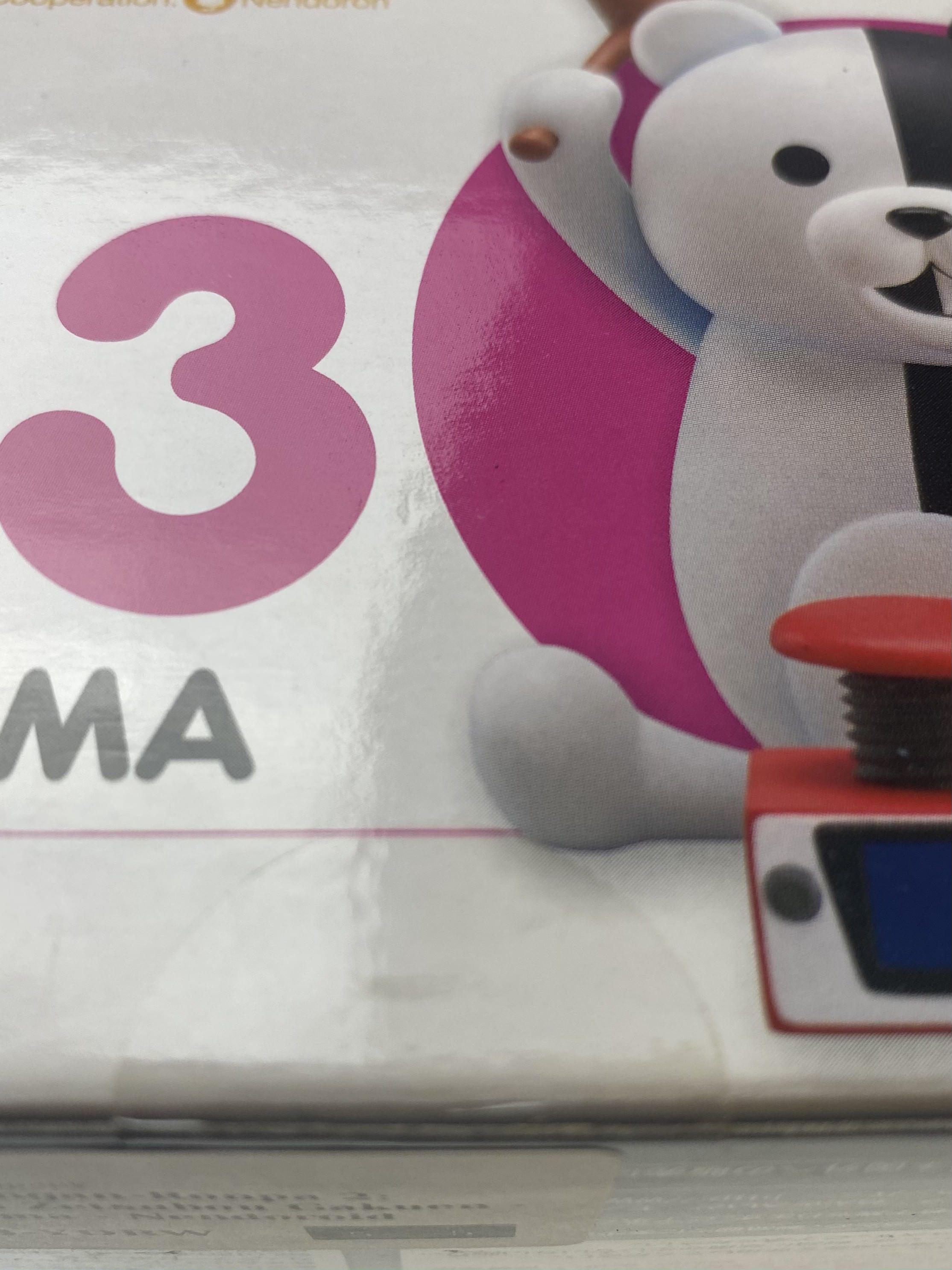
So how does it look once it's been unsealed/resealed? Very, very different.
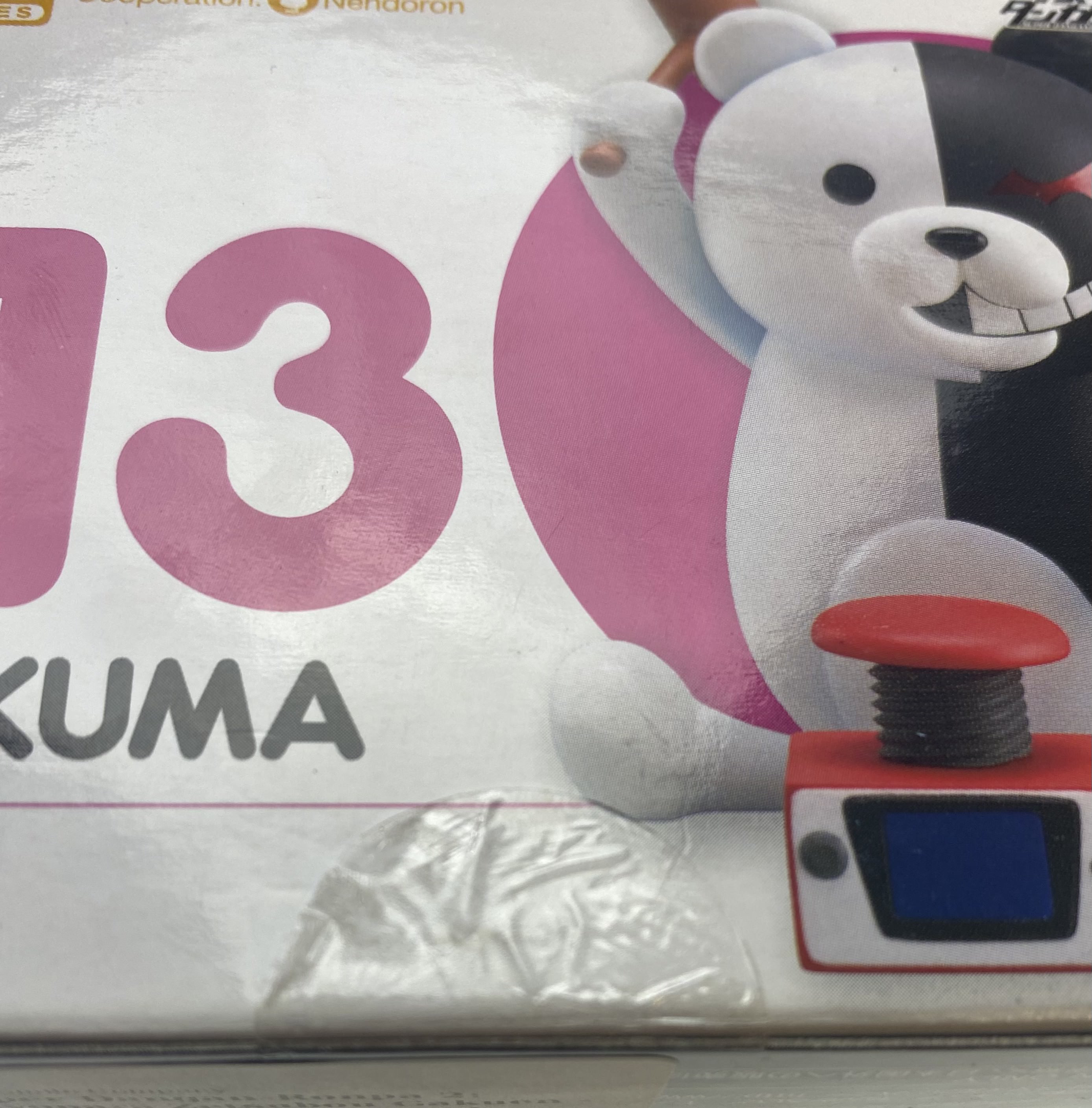
There are numerous creases and part of the seal pulls up from where it has been peeled. This means the seal will no longer sit flush on the box and is very clear as having been previously removed.
But what does a defective application look like compared to an unsealed seal?
Imperfect application
Seals can have some defects when applied, the most common being air bubbles (from poor application of the seal). Take a look at this Nendoroid, which has quite a lot of air bubbles under the seal. From a quick glance, you might assume it was opened and resealed due to the large air bubble under the seal.
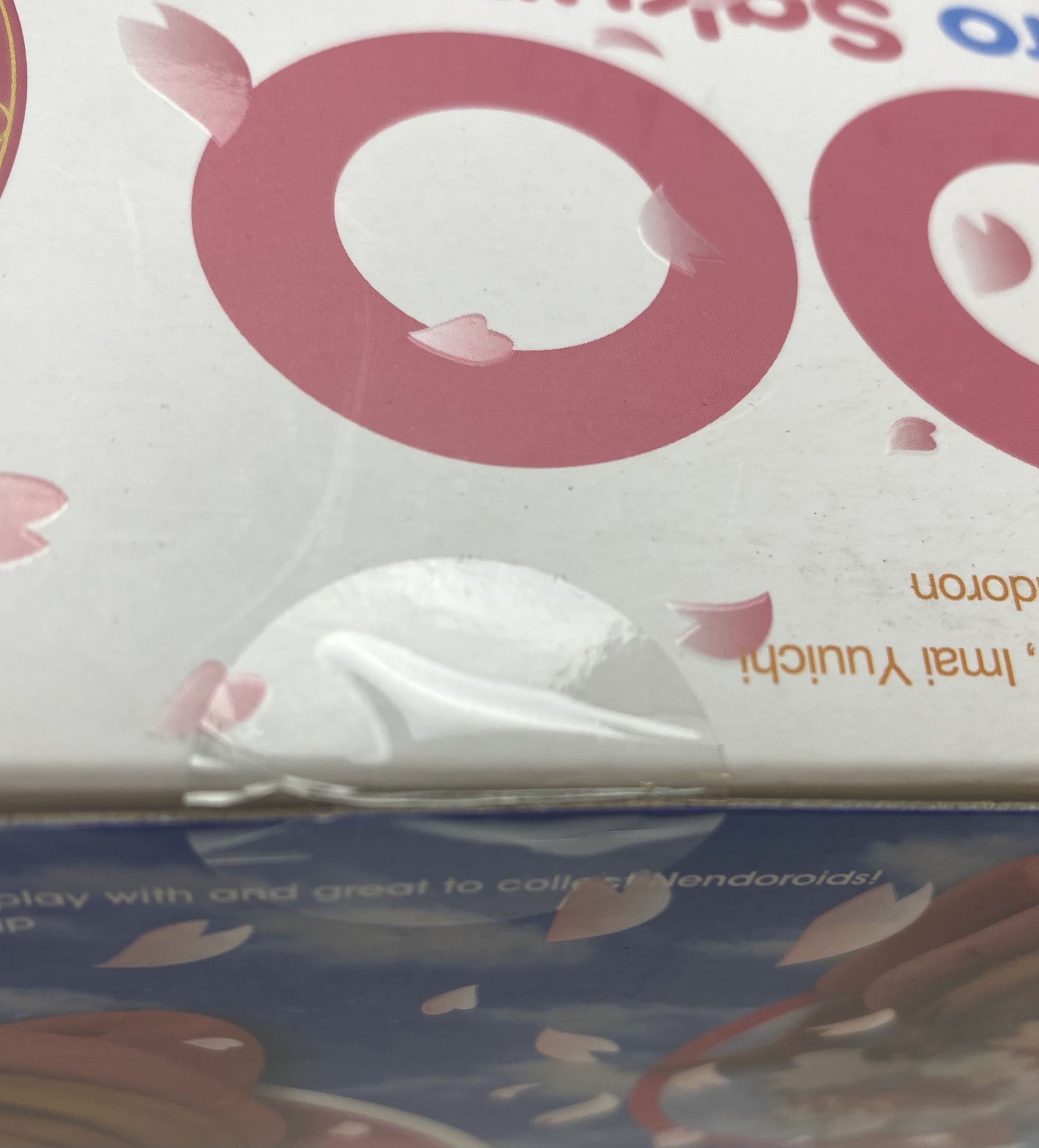
But look closely and see how the seal sits clean and flat on the other areas? This means this seal has actually never been removed, despite the seal not sitting perfectly flat on the box. Looking at the bottom half of this same seals shows this off even better.
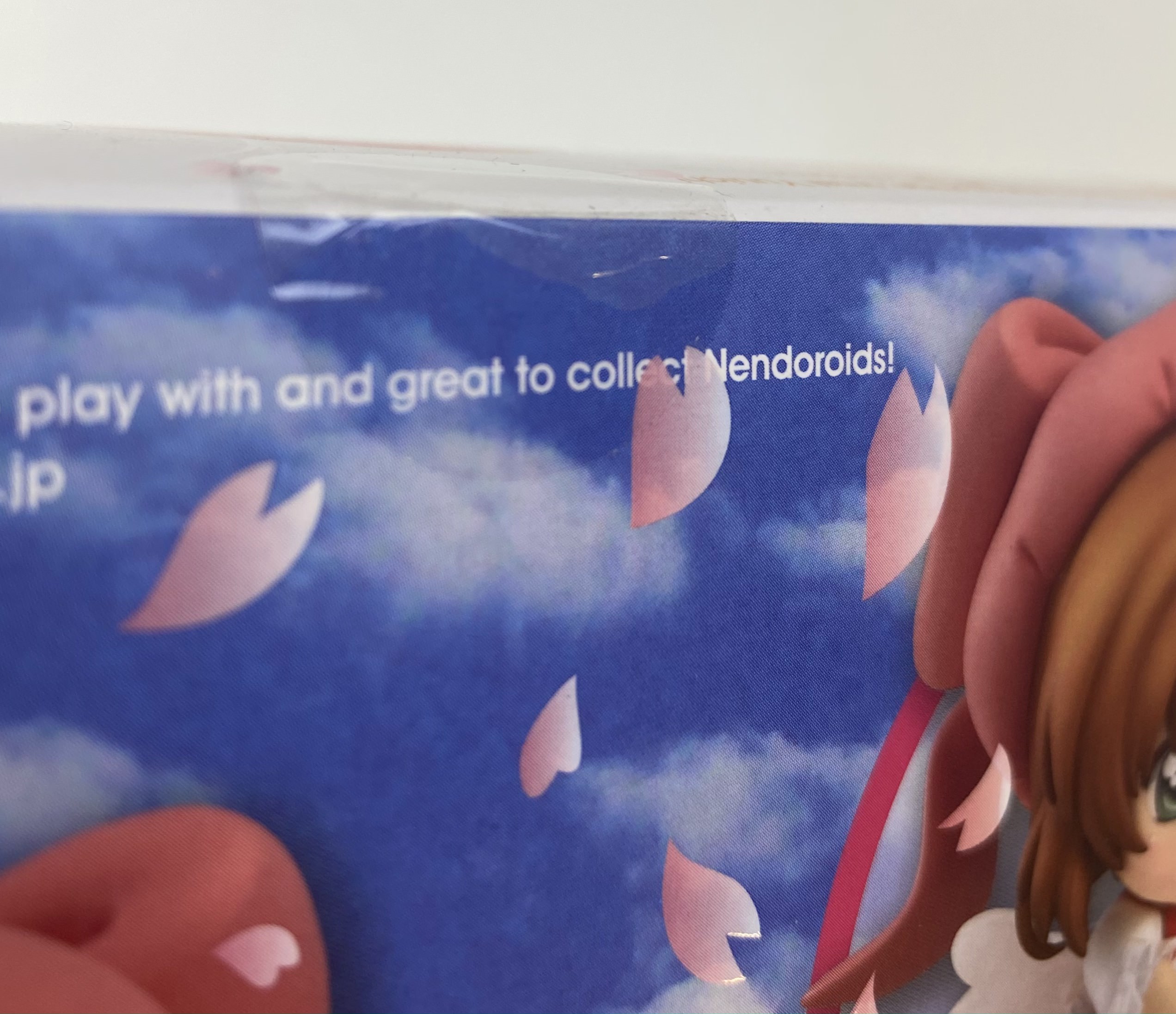
And surprisingly, this is not an uncommon issue. Take a look at some brand-new Nendoroid pre-orders we got in – of the 12 in this photo, 3 of them had very obvious defects in the seal application. That means 25% (or 1 in 4) of the Nendoroids on this shelf have this issue!
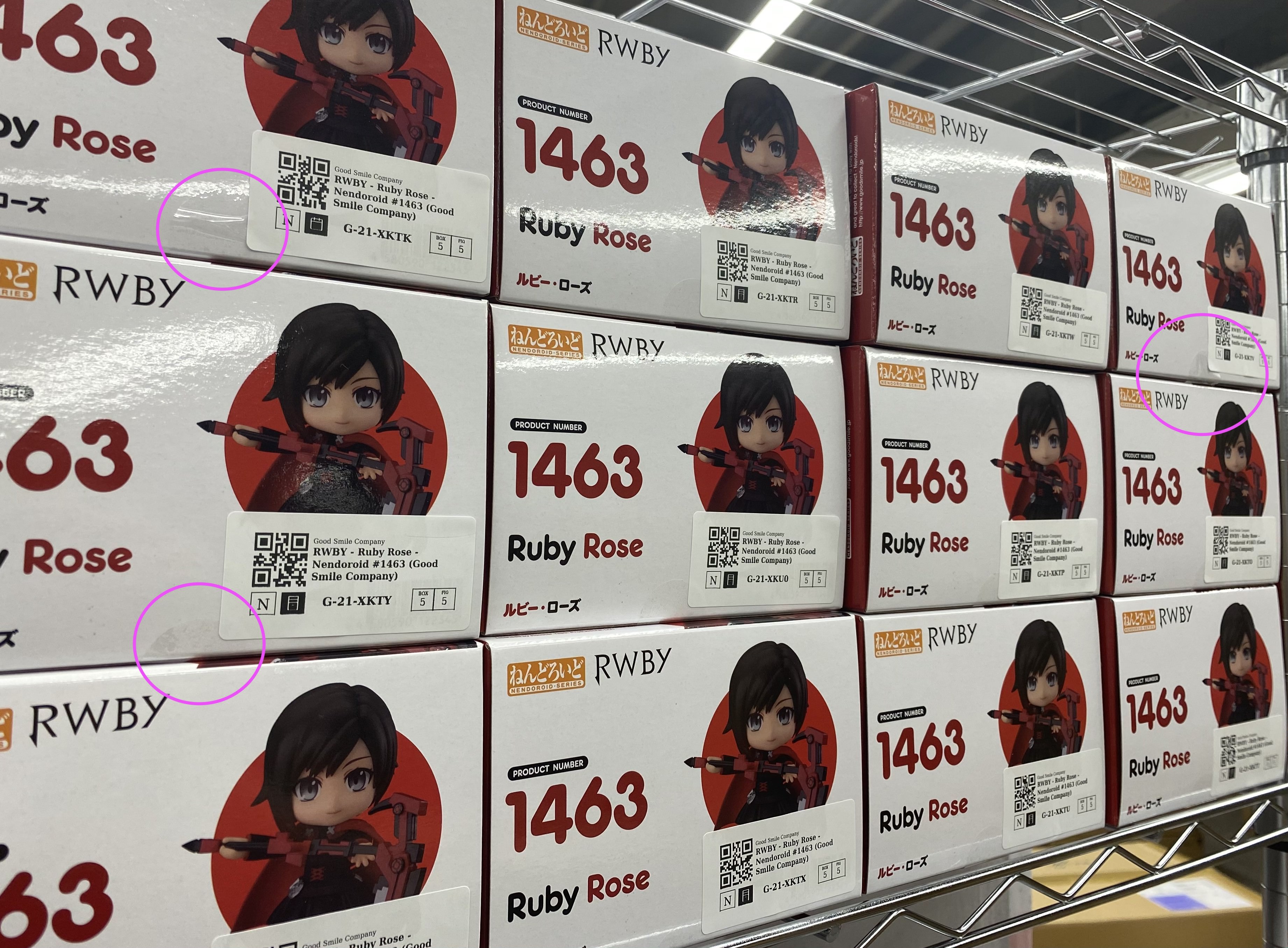
While we've focused on Nendoroids so far, this is something that can happen with any type of figure. For example, this figure's seals have some adhesive around the edges and a loose application between the box's flaps. Why might this be?
Well, the most likely culprit is the humidity in Japan. It can easily make the adhesive loose enough for the seal to shift at the edges (thus causing the slack between the two flaps of the box). It could also be that the seal wasn't applied tightly. But see how smooth the rest of the seal sits? This is indicative that the seal has not been removed.
While on the topic of Japan's humidity....
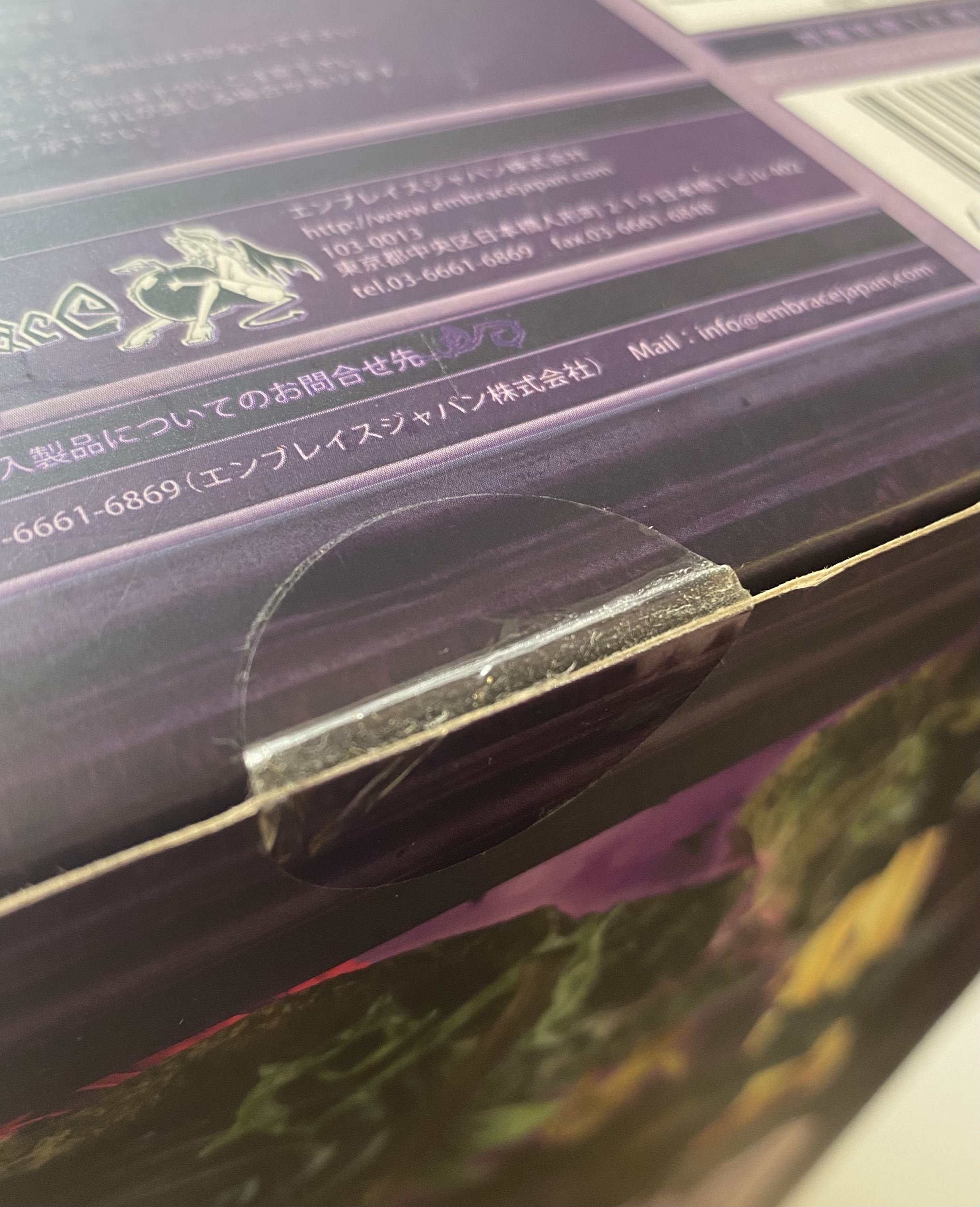
Humidity
If you've ever visited Japan in the summer, you will know just how humid it can get here. Besides making you sweat like crazy and dread stepping outdoors, the humidity can affect figures and boxes. The humidity can cause is some small spots of mold, but luckily these are easily wiped away. Most pertinent to this article, however, is how it affects the seals.
As the humidity increases, the seals on a box can become loose as the adhesive looses its grip with so much moisture in the hot air. This can lead to a loose seal grip or even a seal coming off completely.
But then how do we know if it's actually new if the seals have come off in cases like this?
2. The foil
If the seals are questionable enough, another place to check is the plastic foils packaged inside the figure. These foils usually protect the figure from scratches and scuffs within the blister, but are a perfect hint as to wether an item has been opened or not.
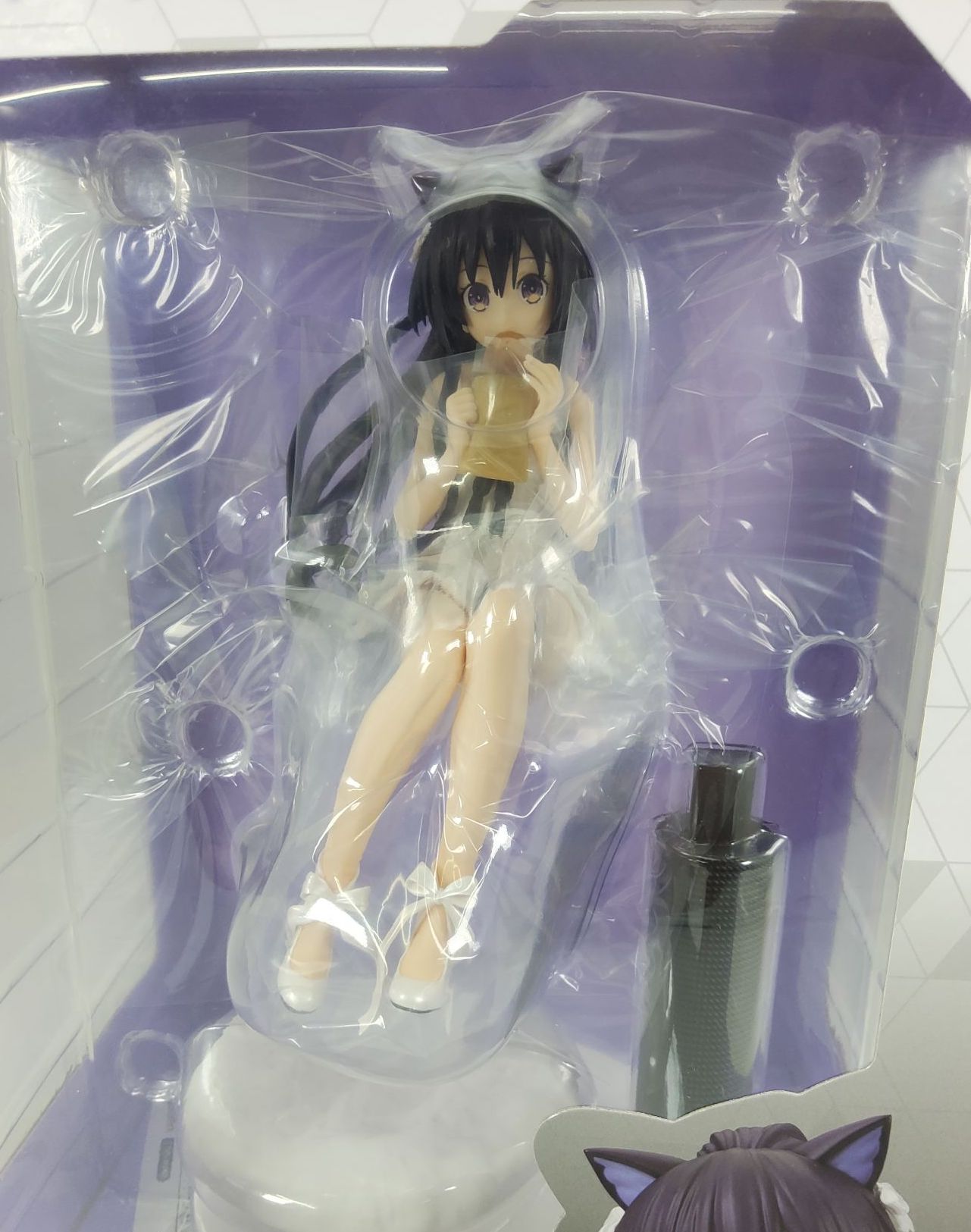
The key thing to look for is how flat the plastic foil is. In the above example, notice how the edges of the foil are smooth – if the foils had been removed, recreating this smoothness would be impossible. In case you're noticing the wrinkles, this is completely normal, but then how do we discern a used versus new foil? Again, let's look at how the foil changes in appearance once opened.
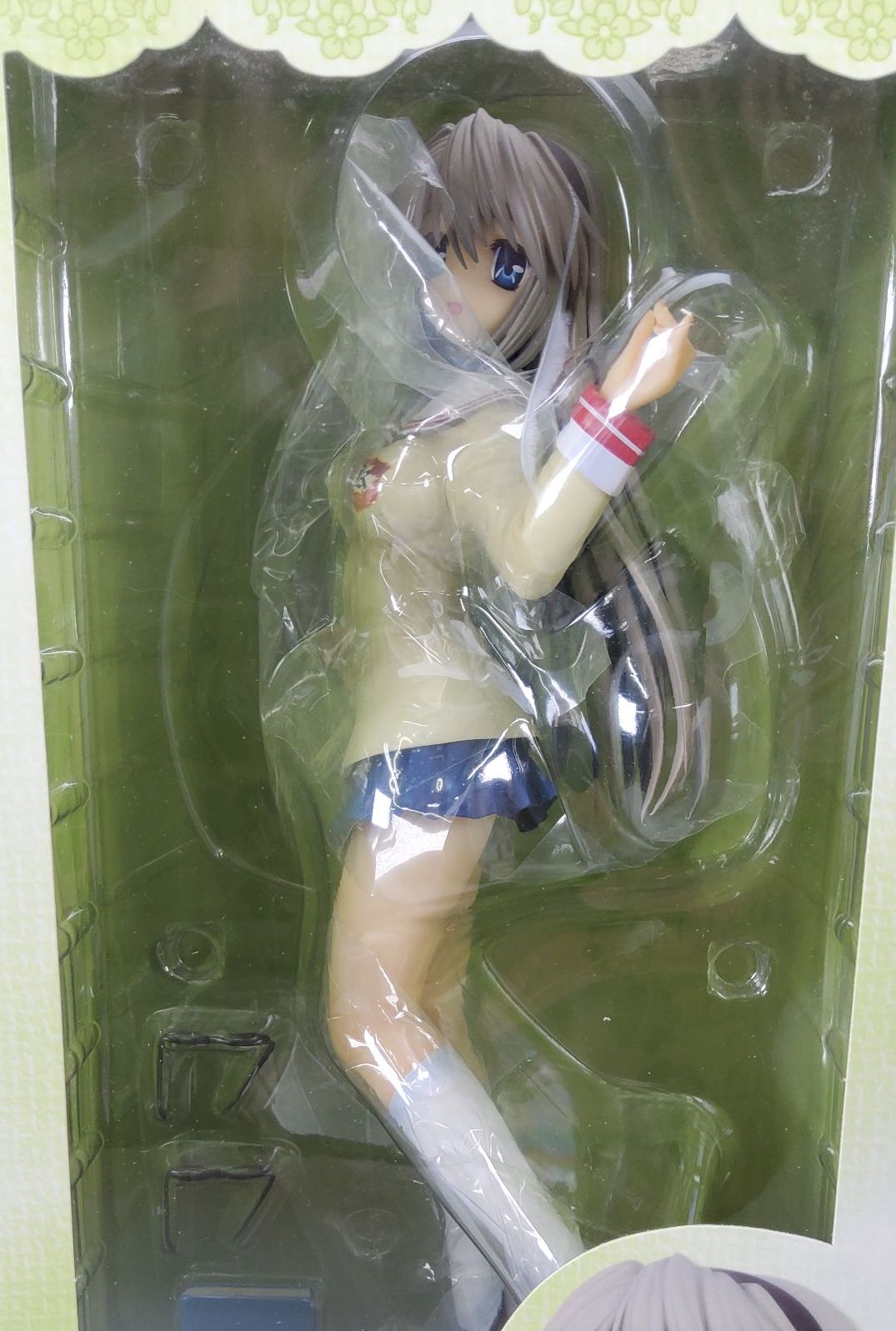
Once the foil has been removed, it will become very crinkled. Since a) most people can't lie the plastic down perfectly flat and b) many of the wrinkles from when the foil was originally applied won't just flatten out, the foil will look very crumpled once it is re-applied.
It might be hard to differentiate at first, but a key thing is to look for spots where the foil is incredibly smooth. Another great indicator is if the figure came with a twist-tie with the blister. If this twist-tie has a solid grip on the figure and the back of the doesn't look like it's been unwound/rewound, this is a perfect indicator of an item being new.
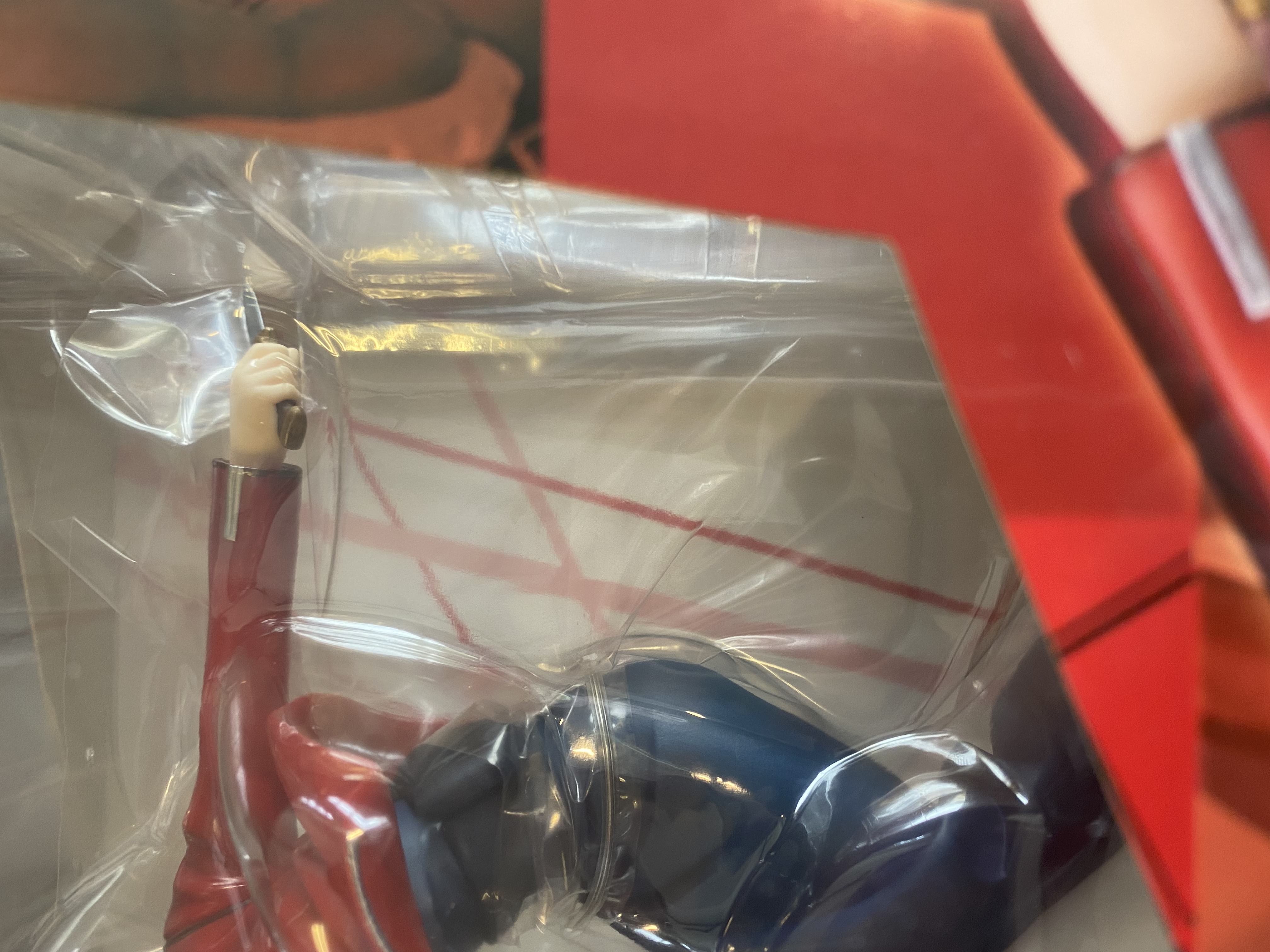
3. What are some other things that people might mistake as being signs of a used item?
There are a few norms for figures that some people might actually assume mean an item is used.
It's double taped
We have an article about this, but double tape DOES NOT necessarily mean used and resealed. Many manufacturers may unseal/reseal new products during QA checks, which still means the item is considered brand new.
The key thing to look for here is if the second set of seals is the same as the original (first layer) seal. If both sets of seals look the same (same shape, width, etc.), this is actually something done during manufacturing and means the item is still new. Keep in mind that finding the exact same tape or seals that the manufacturer uses is difficult if not impossible. If the two sets of seals don't match, however, then this is likely resealed by a previous owner.
A folded bottom
Another tell of the QA process is if the bottom of the box shows signs of being opened. This again can be part of the QA process but can also be part of the building the box itself! If the seals on top look intact and the foils look unmoved, then this does not indicate the box has been opened by a previous owner.
Even if there are some signs of damage on the bottom of the box, this is not enough to signify the box has been opened. Keep in mind these folds can snag on shelves, etc!
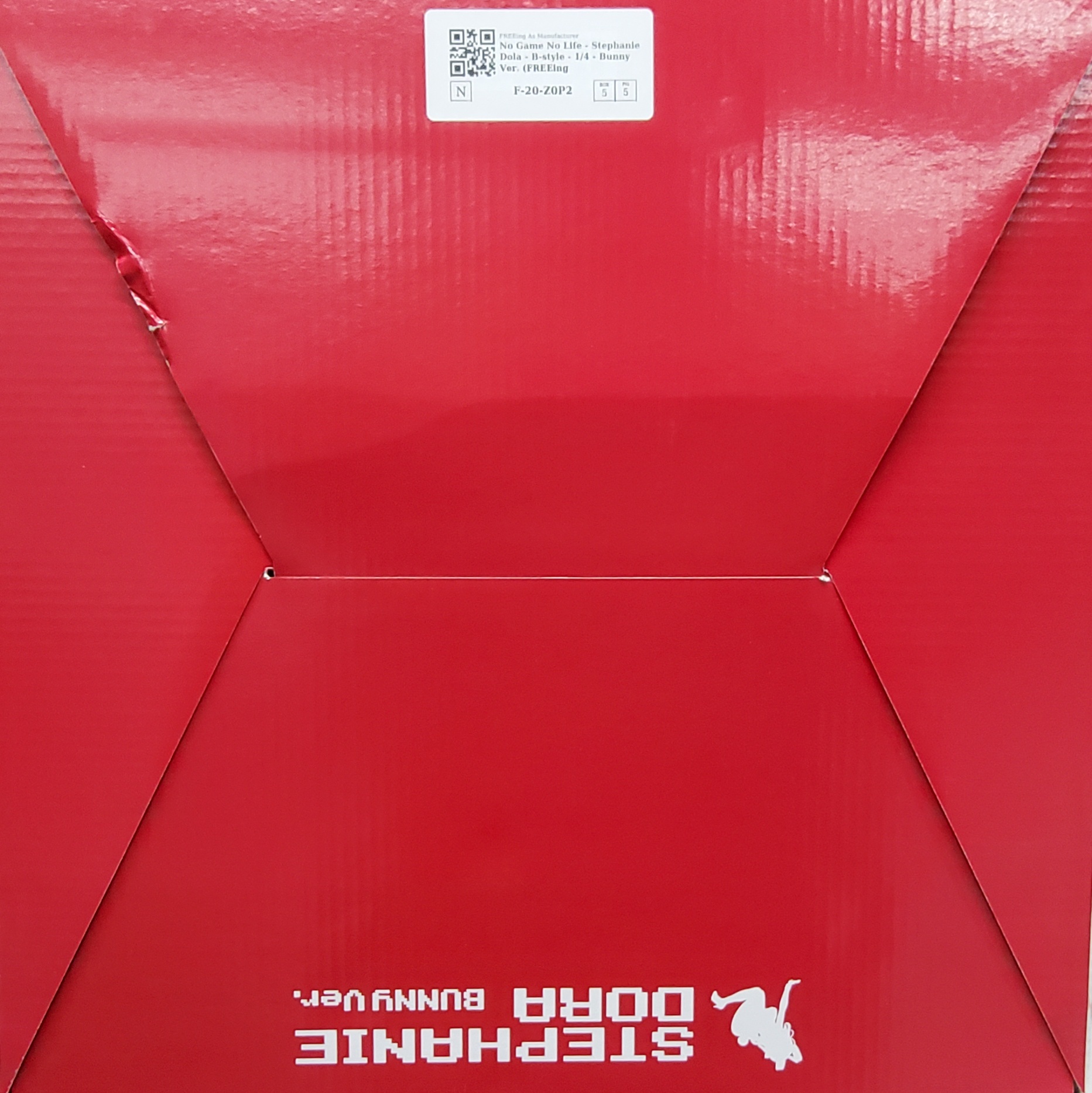
A seal or two is missing
Sometimes a missing seal is unfortunate, but not always a complete giveaway of an item being used. Perhaps the most key thing to consider is how many seals normally come on the box.
Let's say a figure usually comes with three seals on the top of the box. When you receive the figure, two of the three seals have been opened so you start to panic. However, if the third seal is still fully intact and doesn't show signs of having been opened, then you can rest easy. Why?
Because it would be impossible to remove the figure from the box if even one seal was still attached to the box. Imagine instead you had a door with three locks, two of which are unlocked. Would you still be able to open the door with the last lock locked?

Comments
0 comments
Article is closed for comments.